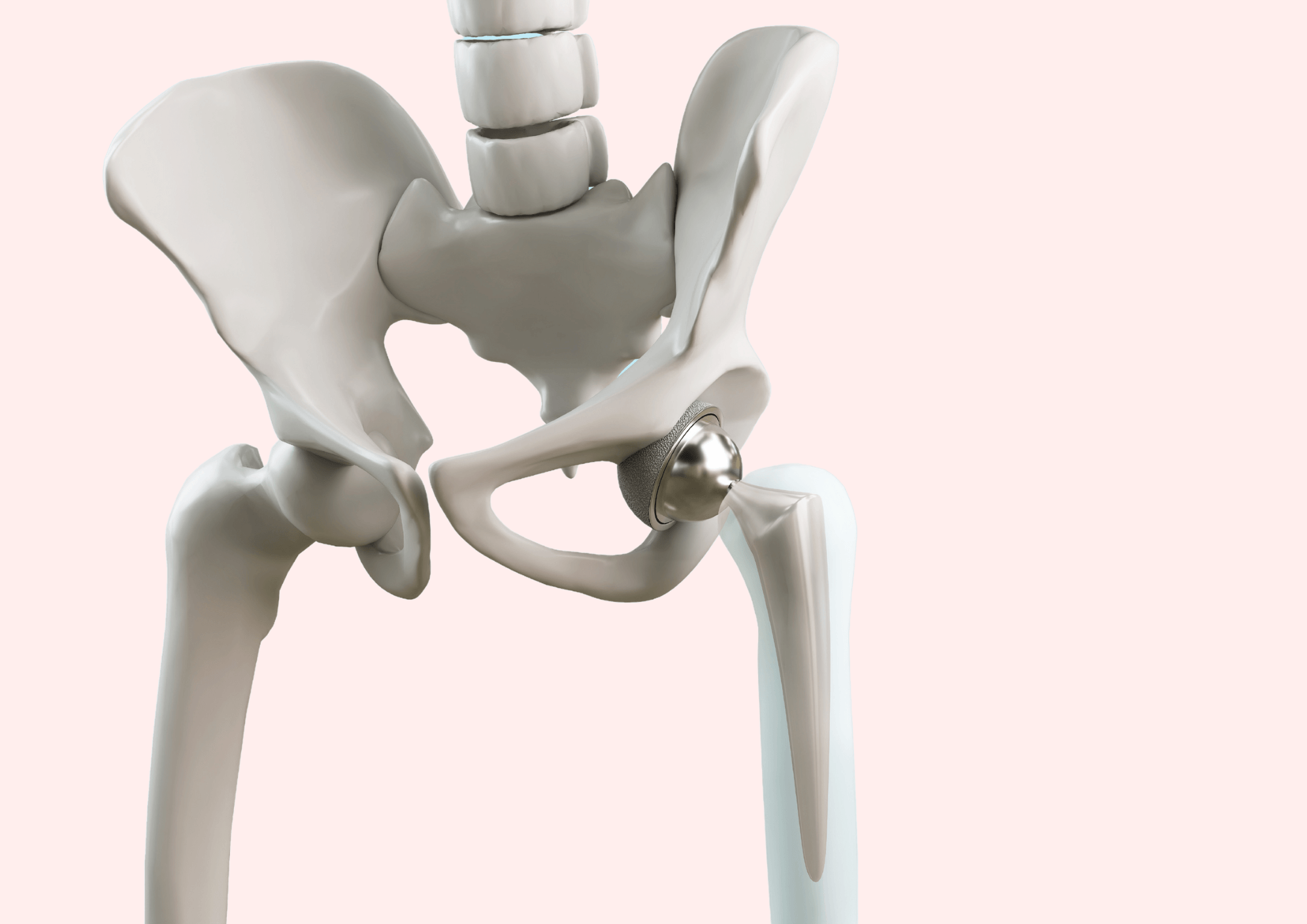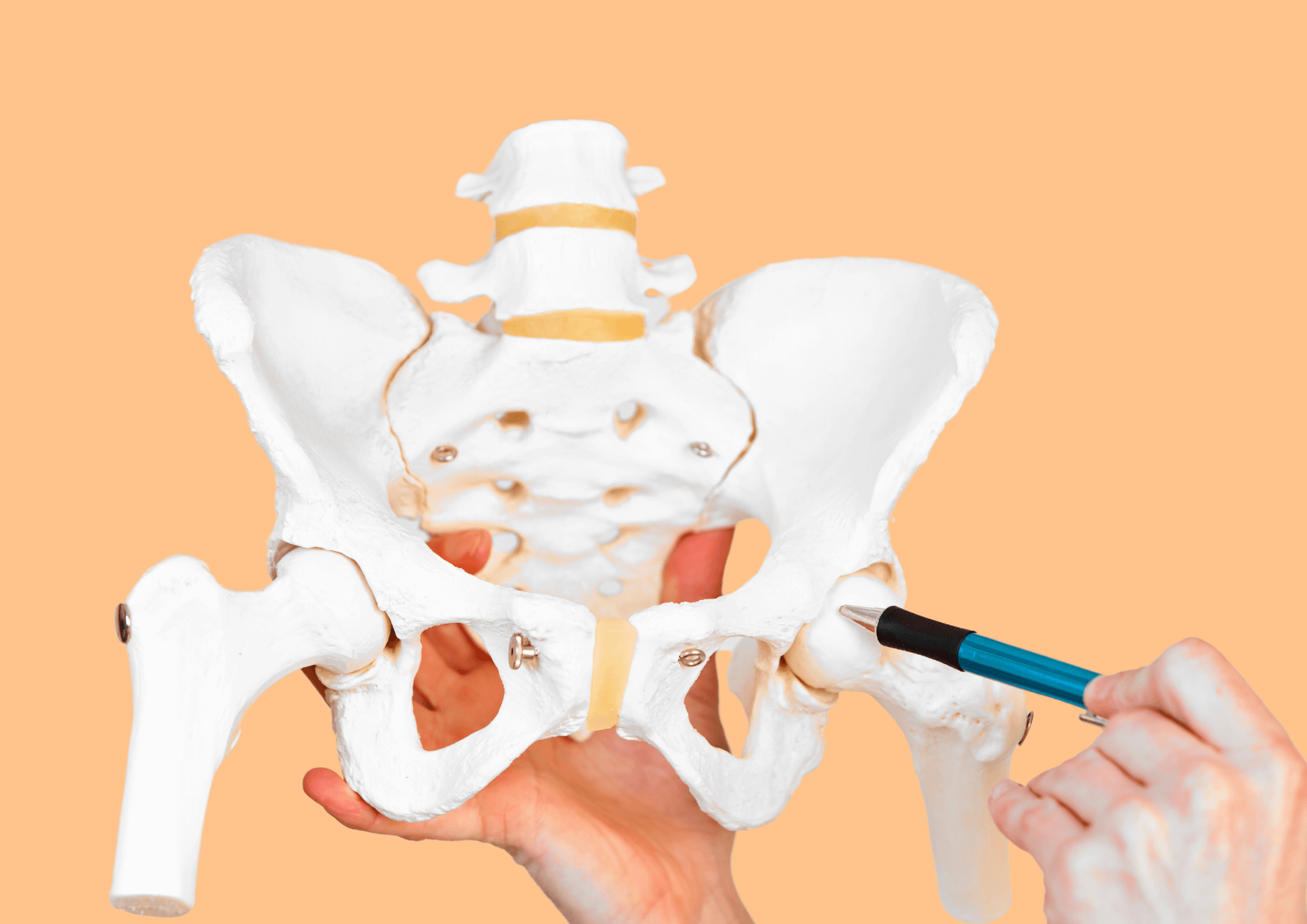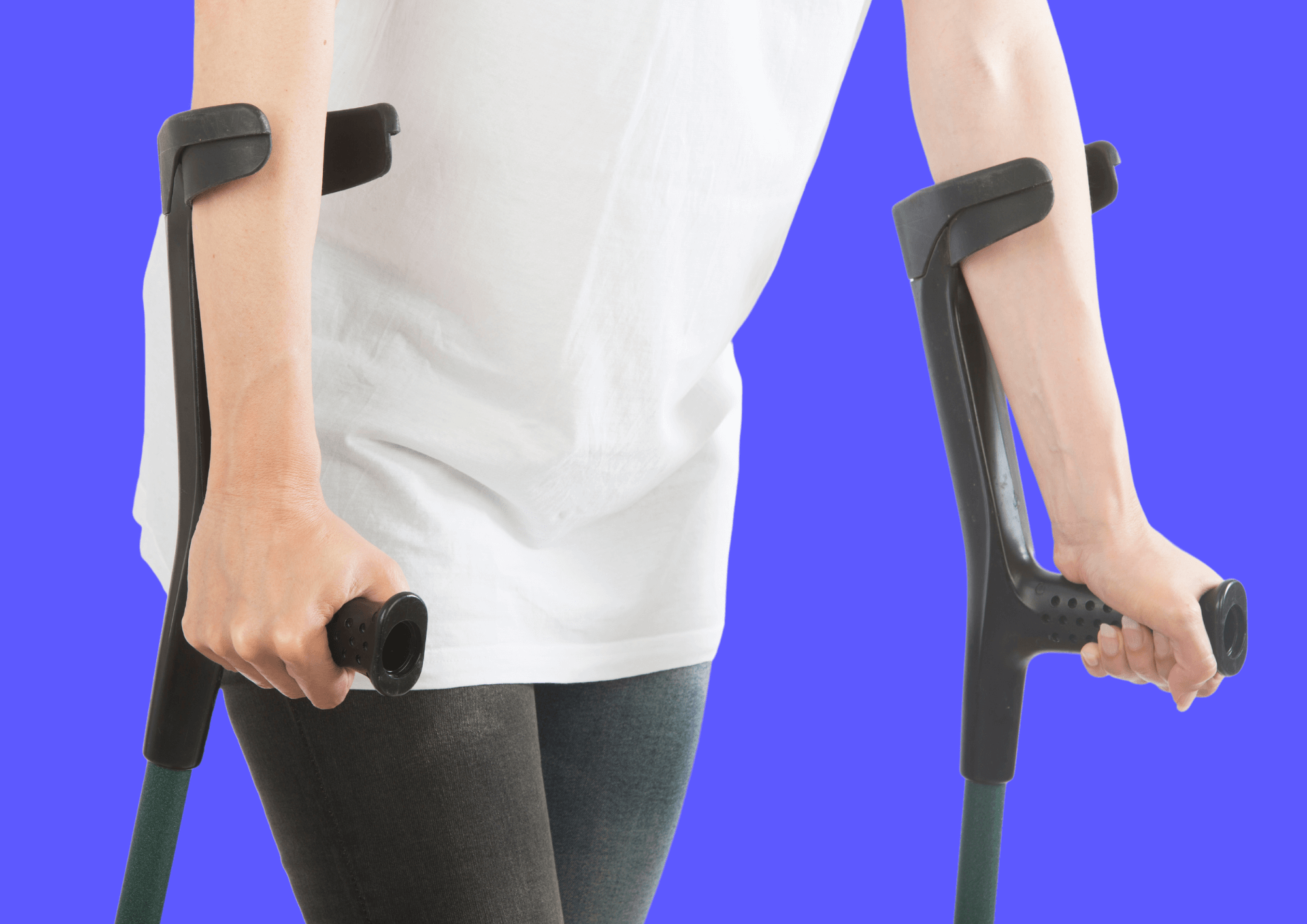Hip replacement surgery: Tips for treatment and rehabilitation
Find out everything you need to know about hip replacement surgery: from the causes for the procedure, the operation itself all the way to tips for optimal rehabilitation.

The implantation of hip prostheses (artificial hip joints) is one of the most successful and routine orthopaedic procedures today, improving the quality of life of many people worldwide. Hip replacement is not uncommon in Switzerland either: according to statistics, more than 17,684 patients underwent a hip replacement surgery in 2020. The aim of the operation is to restore functional joint biomechanics and relieve pain.
In this article, we will dive deeper into the topic of hip prostheses, starting with the causes for their use and ending with rehabilitation after the operation.
Causes for the use of a hip prosthesis
Hip pain and associated movement restrictions are widespread conditions that can be caused by a variety of factors.
- Hip arthrosis:
The main causes for the use of an artificial hip joint are degenerative diseases, above all hip arthrosis. This causes abrasion of the cartilage that covers the joint socket and the joint head. It can lead to severe pain and considerable restrictions in daily life. - Femoral neck fracture:
Traumatic injuries such as bone fractures can be an indication for a hip joint replacement. - Necrosis of the femoral head:
Necrosis of the femoral head refers to the dying off of living bone tissue in the hip joint. The bone is no longer supplied with sufficient blood and loses its stability. - Hip dysplasia:
Deformities of the hip joint can also make a hip joint replacement necessary under certain circumstances, as they can lead to severe pain, walking difficulties, hip arthrosis and hip dislocations.

The hip surgery procedure
1. Before surgery
Preparation of the prosthesis: The exact size of the natural hip joint is measured using radiological imaging in order to select the right artificial joint for each patient.
Preparation of the patient: Before the procedure, medical examinations are carried out to check the patient's state of health. This includes blood tests, blood pressure measurements and an ECG. The patient's medication intake is also checked. The patient must be on an empty stomach for the operation. The reason for this is that the body’s reflexes are temporarily stopped when using anesthetics. If the stomach has food or drink in it, there is a risk of vomiting, which could bring up food in your lungs and affect your breathing. Comprehensive information and advice help the patient to understand the process and minimize possible anxiety.
2. Anesthesia
Hip replacement surgery is usually performed under general anesthesia or spinal anesthesia. The choice of anesthesia depends on various factors, including the patient's medical condition and the surgeon's preferences.
3. Access to the hip joint
Once the anesthesia is effective, the surgeon begins with a precise skin incision to gain access to the diseased hip joint. Modern surgical techniques enable minimally invasive procedures that shorten the recovery time and reduce the risk of complications.

4. Dislocation and removal of the damaged tissue
Once the surgeon has access to the hip joint, it is dislocated and the damaged joint tissue is then treated. The natural femoral head is removed for the hip prosthesis and the damaged joint socket is then milled out to create space for the implant.
5. Implantation of the hip prosthesis
The artificial hip socket is now precisely inserted into the prepared joint. High-quality materials are used to ensure long-lasting and low-friction functionality of the artificial joint. A combination of metal and plastic (polyethylene) is proven to be the longest lasting material.
6. Wound closure
After successful implantation, the surgeon closes the wound. Modern closure methods minimize scarring and promote faster healing.
7. Postoperative care
After the operation, the patient is transferred to the recovery room and monitored by a specialized team. Pain management, antibiotics and other supportive measures are crucial to ensure a smooth postoperative phase.

After the procedure: things to bear in mind
Although you will be able to leave the clinic soon after the surgery, there are a few things you should bear in mind. In the first six weeks after the insertion of an artificial hip joint, special care must be taken with certain movements, as the prosthesis settles into place during this time.
Follow the doctor's instructions:
The post-operative phase begins with clear instructions from the attending physician. These include taking medication, wound care and specific recommendations for placing weight on the operated area. During recovery, for example, you should never bend your hip at an angle of less than 90 degrees - deep bending or raising your knees is therefore a taboo. Excessive twisting of the hip should also be avoided. Strict adherence to these instructions is crucial for a smooth healing process.
Rest, but don’t stagnate:
While a certain amount of rest is necessary after the operation, it is still important to keep moving. Controlled walks and gentle exercises promote blood circulation and prevent stiffness. Even climbing stairs is possible a few days after the operation. However, avoid excessive strain.
Physiotherapy and rehabilitation exercises:
Regular physiotherapy exercises are key to restoring mobility and strengthening the muscles. The physiotherapy program should be carried out consistently and under the guidance of a physiotherapist in order to achieve optimal results.
Use supportive aids:
In the first two to four weeks after surgery, walking aids such as walking sticks or crutches can support stability and safety. The correct use of these aids is crucial for optimal relief and a safe gait.
Pay attention to wound healing:
It is important to check the surgical wound regularly and watch out for any signs of infection. Red, very swollen or painful areas should be reported immediately to your healthcare professional.
Adapted sitting and sleeping positions:
Adapted sitting and sleeping positions are important for a comfortable and safe recovery process. This can be achieved, for example, by using seat cushions and placing cushions between the knees. Your toes should always be parallel to each other, i.e. you should not cross your legs when lying or sitting.
Avoid risk factors:
Smoking and alcohol consumption can impair the healing process. These should therefore be avoided in order to achieve the best results from hip surgery.
Motivation:
Healing is not all about the body, the mind also needs to be considered for optimal recovery. Therefore, set yourself a goal that motivates you. Do you like hiking? Then set yourself the goal of being able to complete a three-hour hike by a certain point in time! Very important: your goal should be ambitious but realistic. That way, you won't overdo it during your recovery and can enjoy your progress. It's best to discuss "SMART" goals with your physiotherapist!
"Rehabilitation after a hip replacement is a marathon, not a sprint. It's not about how quickly we reach our goals, but about achieving full functionality and freedom from pain with patience and consistent physiotherapy work." - Fabienne Büchi, physiotherapist at NextLevel-Physio.

Akina as a rehabilitation tool after hip replacement
Akina is your personal guide for effective and safe physiotherapy training at home. Our AI-supported software recognizes your movements through your webcam and provides you with feedback in real time. You can connect with physiotherapists for additional support in rehabilitation after hip surgery. Thanks to Akina, you can make physiotherapy at home much faster and more effective and work more purposefully with your therapist in personal physiotherapy sessions. Like that, nothing stands in the way of your recovery and you can soon get back to your everyday activities!
